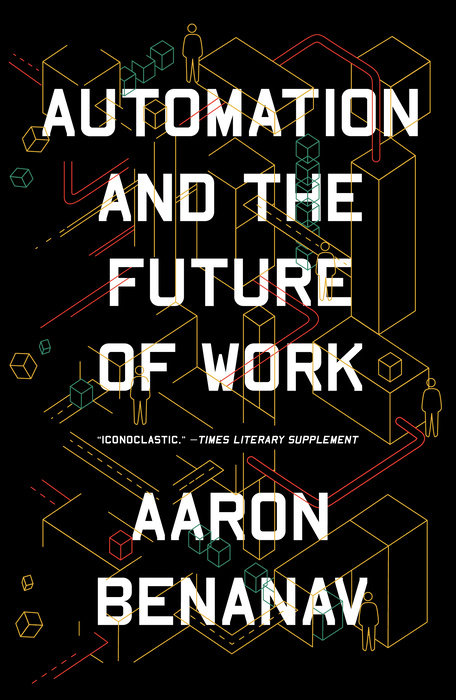For years now, subscribers to the Financial Times and the Economist have been reading about secular stagnation, a condition in which there are not enough investment opportunities to absorb all of the money in search of an outlet. Larry Summers, who has done much to revive the term, defines secular stagnation as a state where “desired levels of saving exceed desired levels of investment, leading to shortfalls in demand and stunted growth.” A business considering expanding their productive capacities will compare the possible returns on investment spending to the rate of interest (the return they can expect from simply saving the money). As a result, economists expect that lower rates of interest can encourage investment. But secular stagnation obtains even when interest rates approach zero, as they have in recent times. Successive rounds of quantitative easing, an “unconventional monetary policy” in which central banks went beyond interest rate policy to expand liquidity by purchasing trillions of dollars of financial assets, likewise failed to restore business investment to its historical levels.
What this means is that, even given a cheap and plentiful supply of credit, businesses do not see profitable opportunities for investment. This would not be a problem except that in the world we live in, investment is a means of private accumulation. If employment and growth are to be achieved through private investment, and investment must be coaxed out by the promise of an adequate return, then employment and growth become hostages to the rate of return. This may seem to have a Marxist ring to it, but it is in fact common sense across our society. The United States Chamber of Commerce, a major business lobby, declared during the debates around the 1945 Full Employment Act that “The job making process depends on the maintenance of profit expectations and this in turn rests on a vast complex of forces and factors.” For the Chamber of Commerce, this was a reason not even to bother with a full employment commitment: the goal itself was either quixotic or would be achieved only through the abrogation of private control of the economy. At the other end of the mainstream political spectrum, liberals insisted full employment was possible but, agreeing with business on the necessity of private control, promised that the state could ensure the profits necessary to coax forth an adequate level of investment. In early 2009, Obama affirmed this principle, telling a TV News reporter that “[as Americans] we want to retain a strong sense of private capital fulfilling the core investment needs of this country.”
